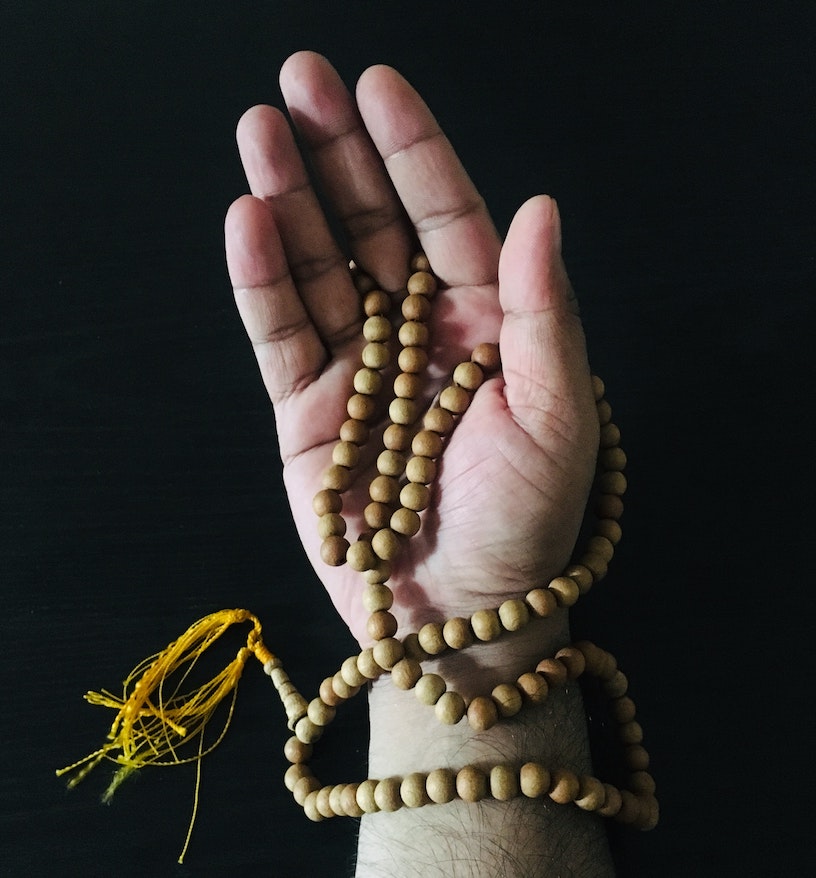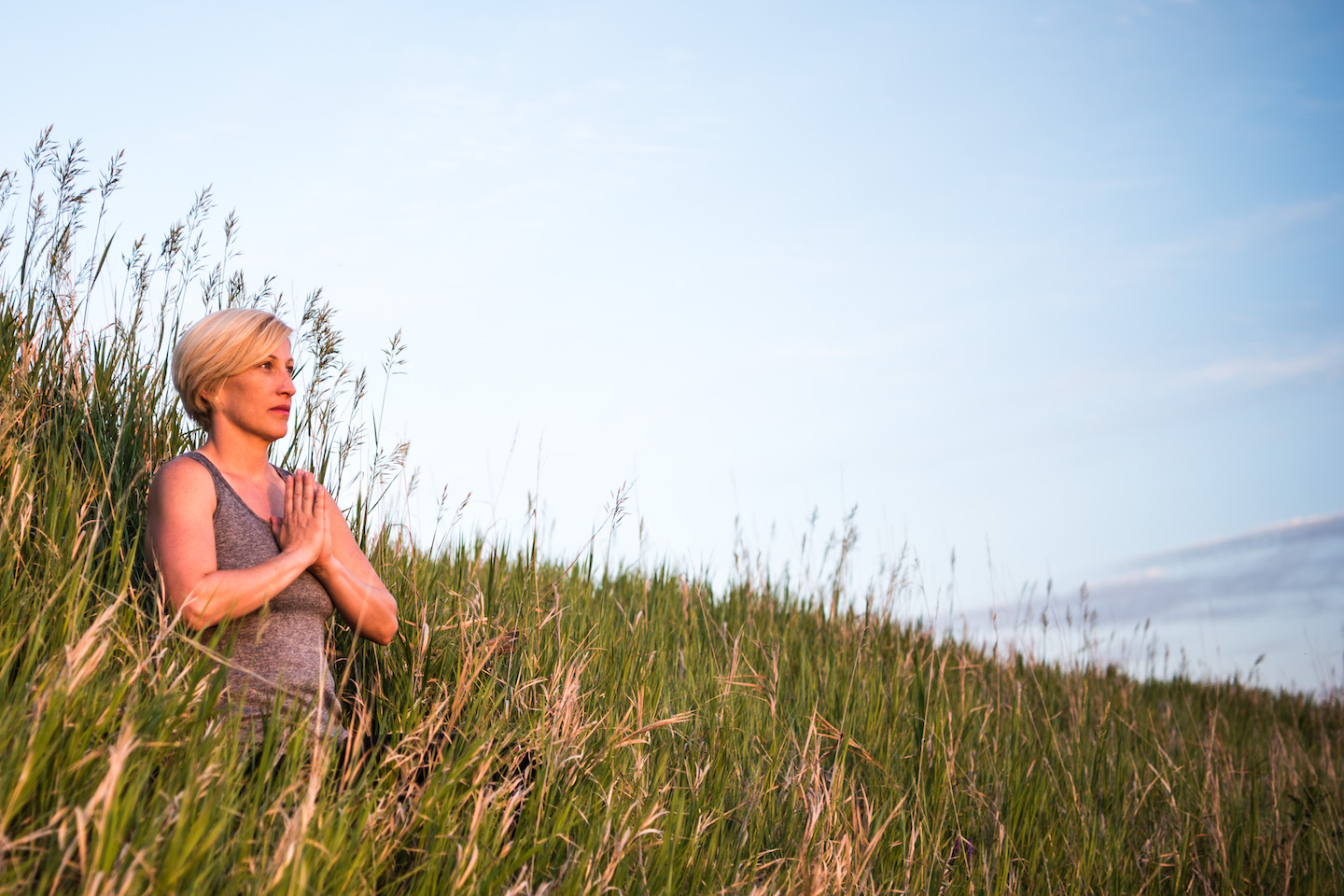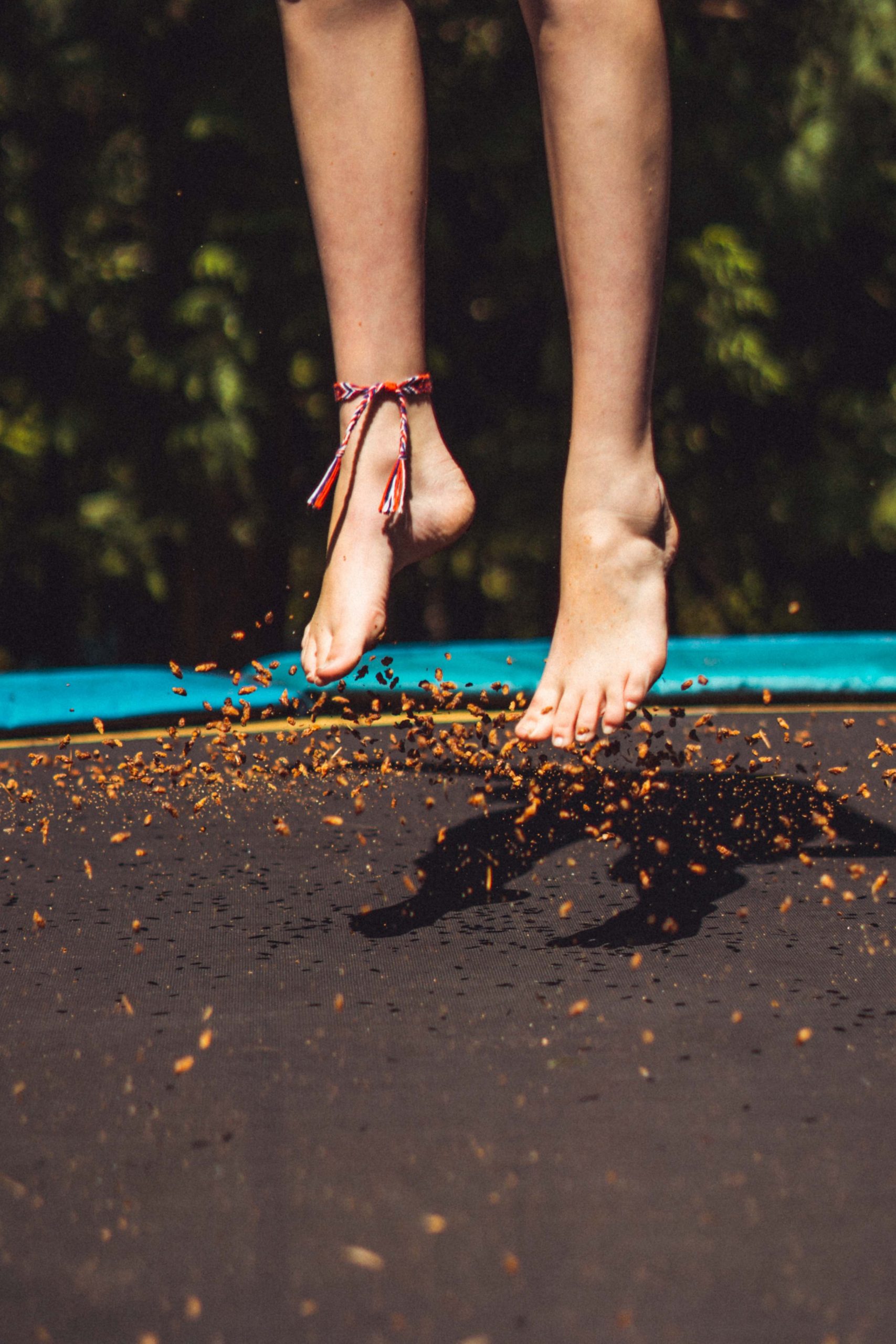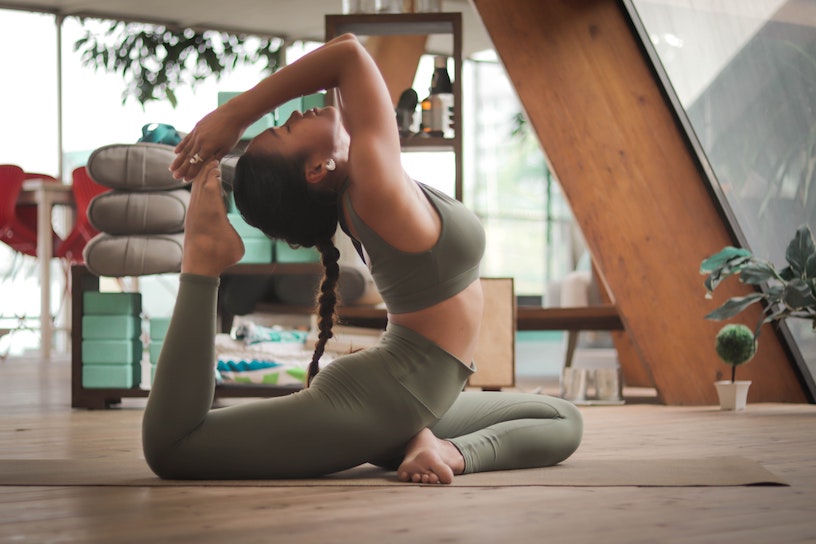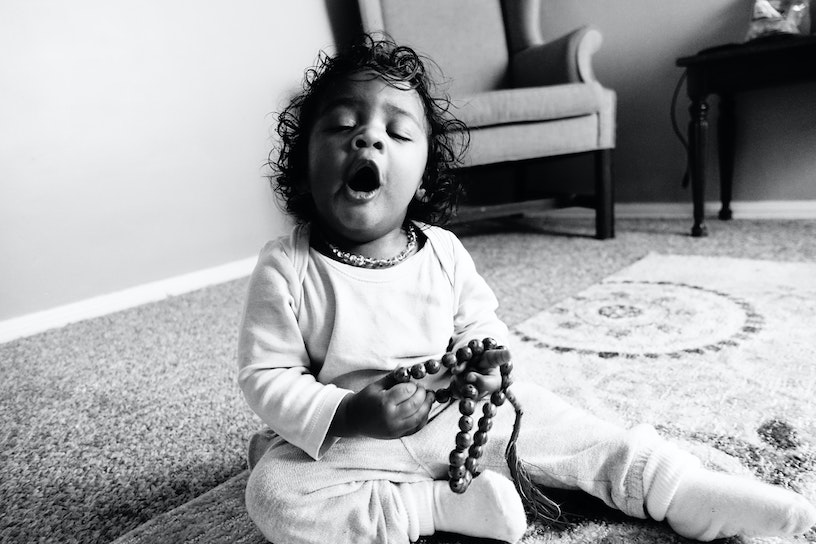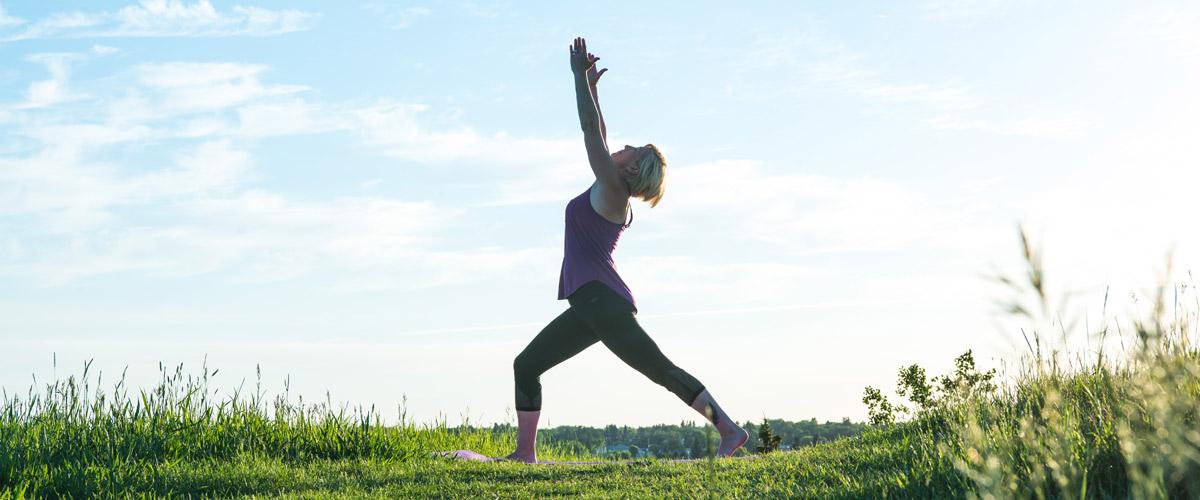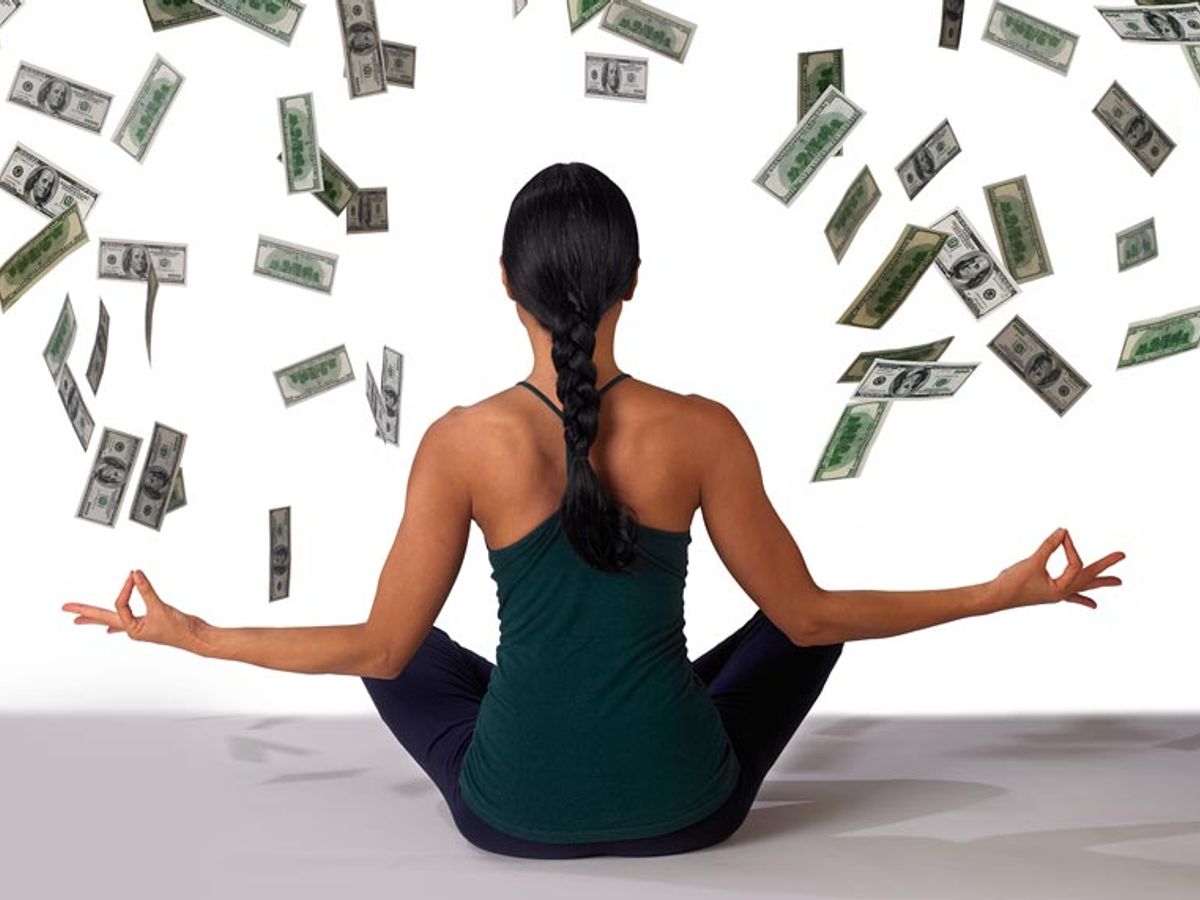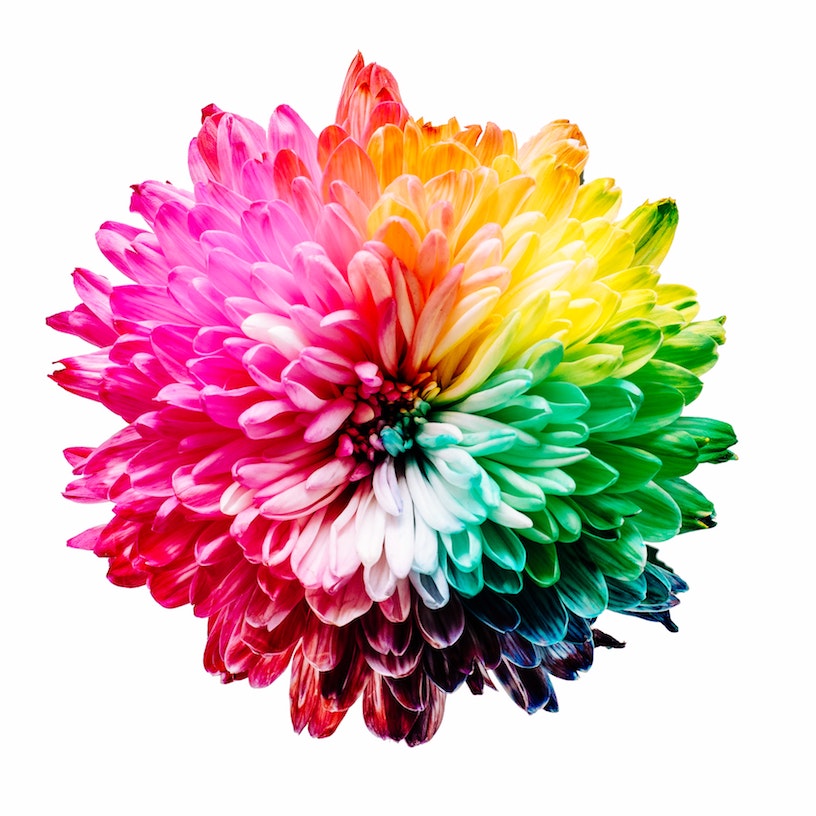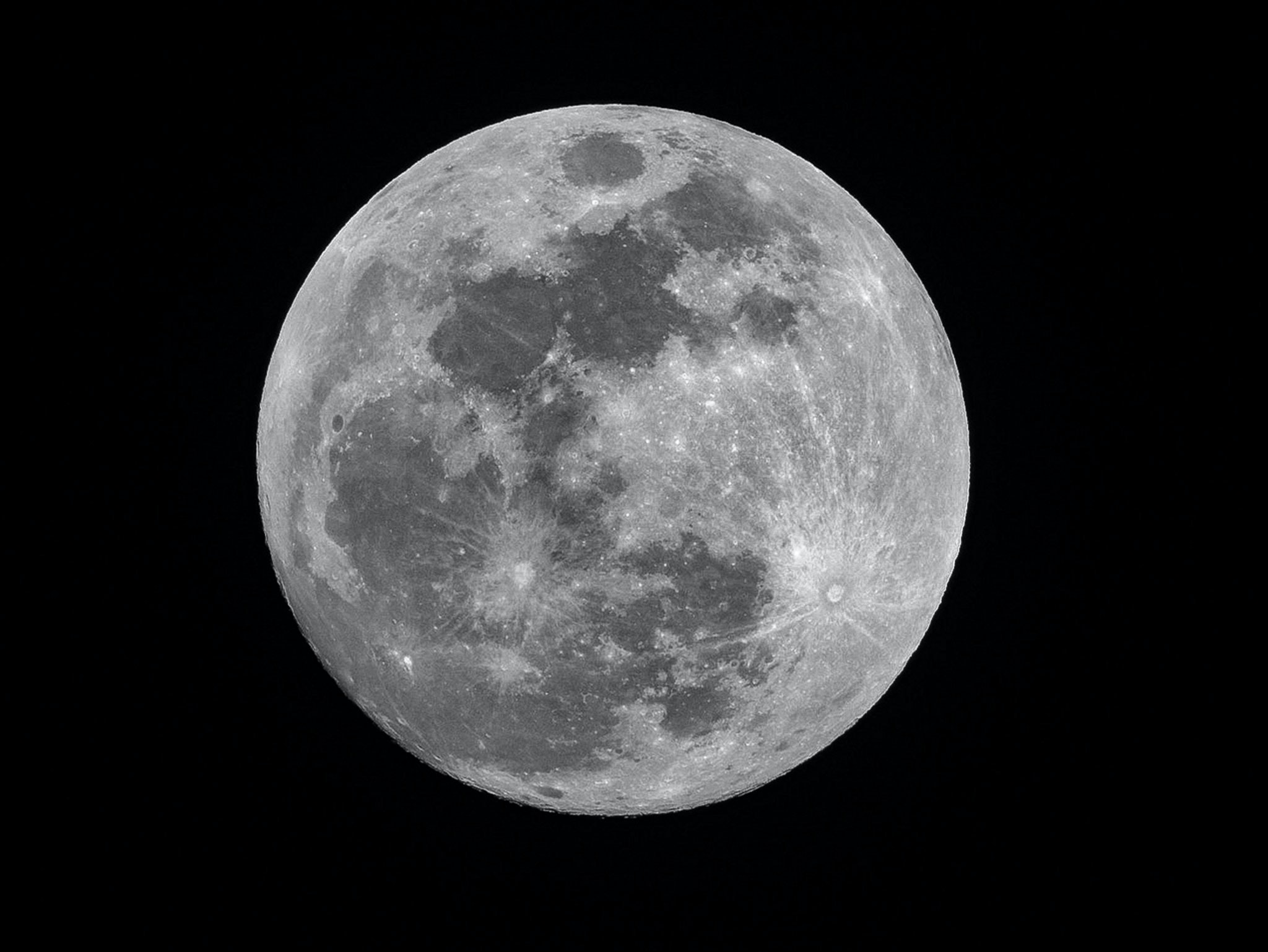Have you ever seen the number 108 around a yoga studio? Or maybe you’ve seen it somewhere else and wondered, “what the…?”
The significance of the number 108 is open to interpretation. Over time, there has been much spiritual and scientific relevance given to the number. For many, the number 108 is a sacred number.
Here are some spiritual and scientific meanings and facts attributed to the number 108:
The wholeness of existence – Renowned mathematicians of Vedic culture viewed 108 as the number of the wholeness of existence. Astronomically, there are 27 constellations in our galaxy and each has 4 directions. 27 x 4 = 108. In other words, the number 108 covers the whole galaxy.
The distance between the Earth and the Sun is roughly 108 times the diameter of the Sun.
The distance between the Earth and Moon is roughly 108 times the diameter of the Moon.
The diameter of the Sun is roughly 108 times the diameter of the Earth.
A mala* comes as a string of 108 beads plus one guru or guiding bead.
The Chakras are the intersections of energy lines, and there are said to be a total of 108 energy lines converging to form the heart chakra.
In Yoga, 108 Sun Salutations are often practiced to honour change such as at the beginning of a new season.
Tibetans have 108 sacred holy books.
Many Hindu and Buddhist temples have 108 steps.
There is a lot to consider here and taking all of this into account, with a simplistic viewpoint, you could say that the auspicious number 108 connects science with the human mind, body and spirit.
Is there a particular meaning or fact that you like the most? Let me know, I’d love to hear from you.
* If you’re not sure what a mala is, check my blog post dated Feb., 20, 2017.
